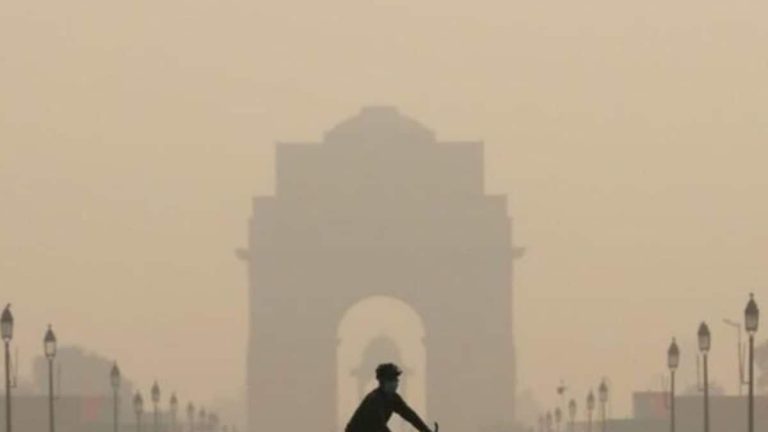The government's ambitious National Clean Air Plan (NCAP) must not be reduced to a dust control program but should focus on controlling harmful PM2.5 emissions from industry, vehicles and biomass burning and the environment (CSE), says New Delhi Science Center said in a new assessment.
According to experts, more than 64% of the funds from NCAP and the 15th Finance Commission have just been used for road dust reduction. Controlling emissions from combustion sources is much less intensive – industrial pollution accounts for 0.61%, vehicle pollution accounts for 12.63%, and biomass burning accounts for 14.51%.
“While NCAP's goals and objectives have been laudable, we find that its focus and investments have been mainly focused on dust control rather than emission combustion sources such as industry or vehicles,” CSE Director General Sunita Narain said on Friday.
Launched in January 2019, this ambitious program aims to improve air quality in 131 polluted cities (sub-standard and million-plus cities). NCAP has so far released nearly Rs 10,566 crore for 131 cities, of which Rs 6,806.15 crore (64%) has been utilized before May 3.
Focus on deadly PM2.5 — traffic and industrial emissions
Under NCAP, the government has set a clean air target for cities – to reduce particulate matter concentrations by 40% by 2025-26 compared with the 2019-20 base year or meet the national ambient air quality standards. However, experts point out that using PM10 as a basis for measuring air quality improvement shifts attention and investment to pure dust control, while ignoring major sources of toxic pollution.
In its report, the CSE recommended that NCAP should now change the benchmark for assessing cities' performance from PM10 to PM2.5, which is more harmful as it can penetrate deep into the lungs and cause respiratory problems. PM2.5, emitted primarily by combustion sources, is also a more relevant health indicator for assessing air quality improvements, while PM10 is largely influenced by meteorological conditions, not just policy actions.
Mismatch with on-the-ground actions, revise indicators
The CSE report raises serious concerns about the way the program has been run for five years. Experts also found no clear correlation between policy implementation and PM10 improvements. For example, cities like Agra, Delhi, Ghaziabad, Meerut and Jabalpur (population over 1 million) performed well under Swachh Vayu Sarvekshan (SVS) but performed poorly under NCAP in reducing PM10. The national capital Delhi ranks 9th in SVS for implementation of policy measures but ranks at the bottom in NCAP with a score of zero. It said in the report that it could not determine a link between the actions and improvements in PM10 levels.
CSE also recommends that methods for tracking progress and compliance should be more transparent and robust. Additionally, while NCAP cities need to demonstrate improvement in PM10 levels to receive funding, according to SVS's parallel program, these cities are ranked based on policy measures implemented in management areas such as biomass, municipal solid waste, road dust, public awareness, etc. In addition to the improvement in PM10 concentration.
“Cities are judged on different indicators. There are serious questions about whether these indicators are used to measure progress and their impact on real improvement. “A new agenda to dispel misconceptions must adapt to the scale and pace of transformative reform. This requires A massive energy transition in all sectors.
Major pollution sources ignored, greater transparency needed
The CSE said the NCAP in its current form neglects action against key combustion sources, mainly industrial, transport and solid fuels. These indicators need to be modified to draw attention to them. Industrial pollution control is business as usual.
“Some additional measures for industrial pollution control were notified only when the non-attainment city was an industrial township. There were few reports of stack emission inspections, notices of inquiry and closure, or notices of approved fuel inventories. The Urban Progress Report on Accelerating Clean Fuels and There is little information on upgrade actions for technology transformation,” the report states.
Additionally, annual rankings and improvements in air quality are not made public citywide as part of NCAP's formal reporting system. “It is impossible to determine the level, scale and quality of action in each sector, or to understand how the best-performing cities achieve 80-100% of the targets,” the report states.
